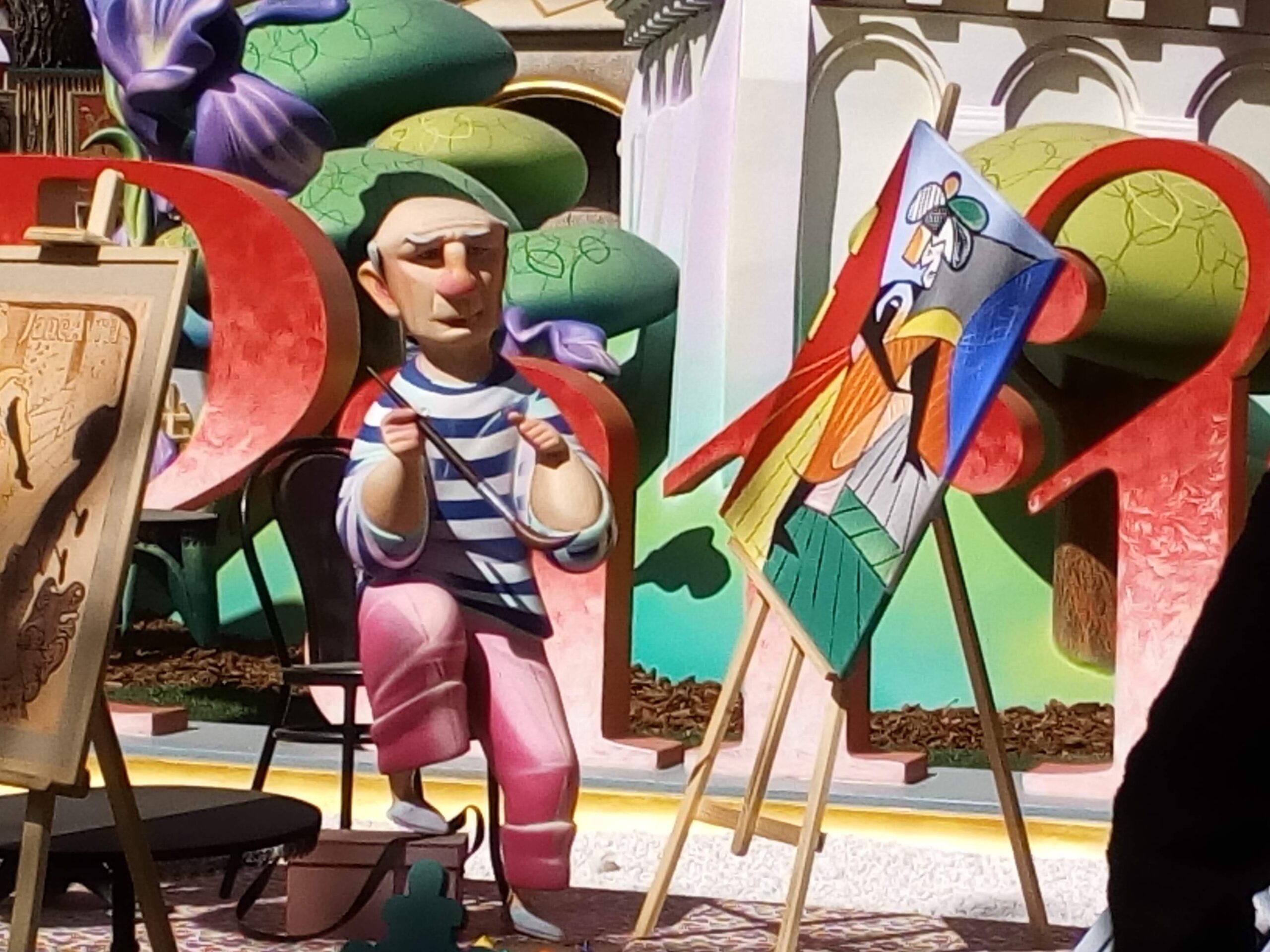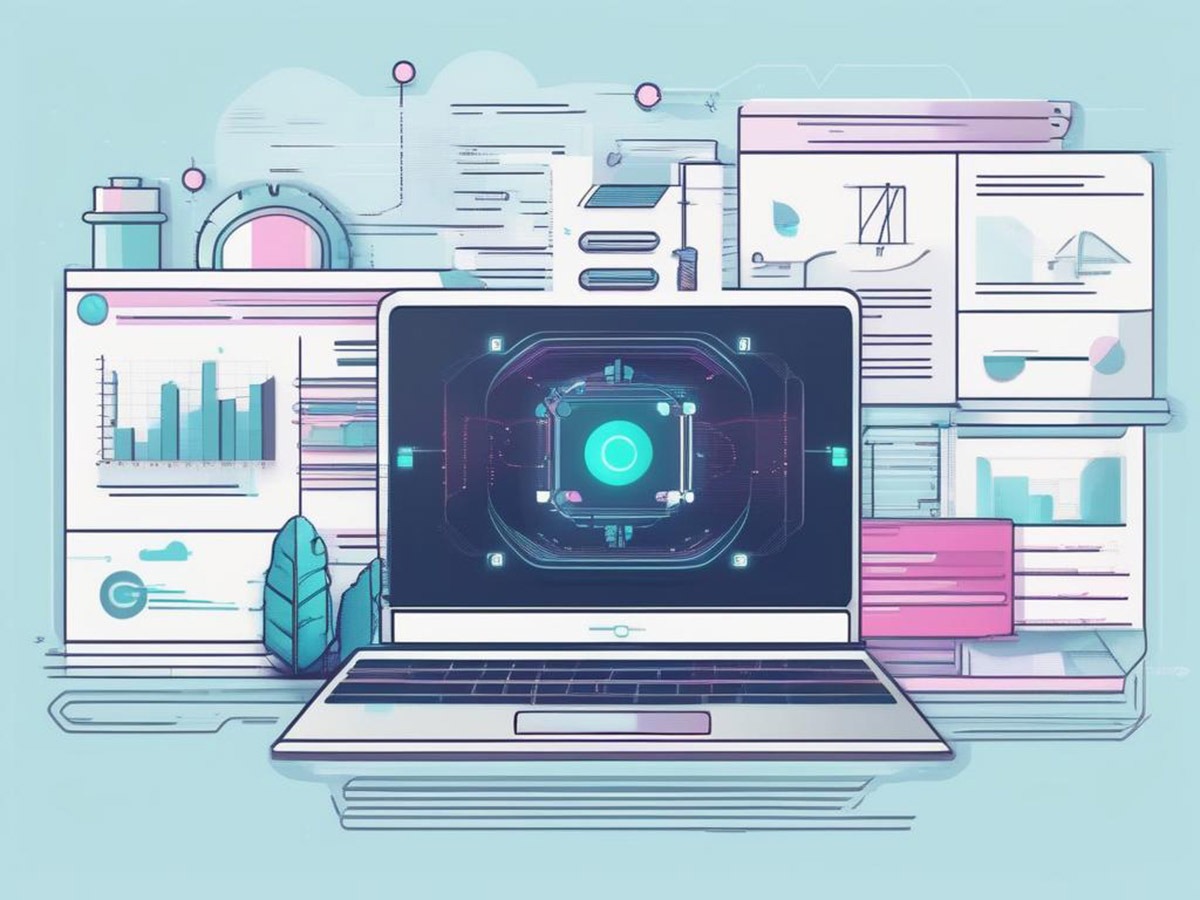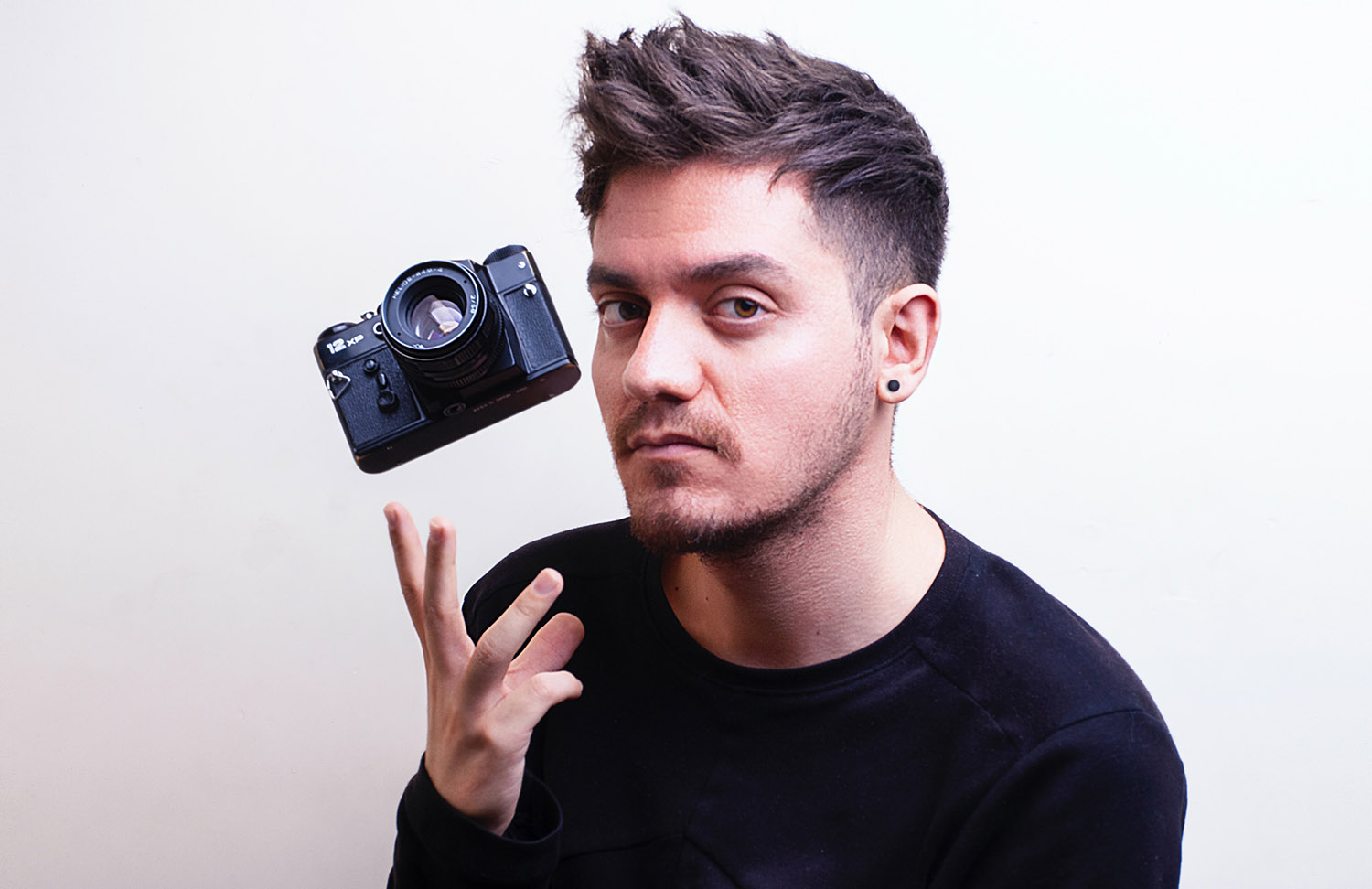Contrary to popular belief, a generative AI portrait is not fake. It’s as real as the intricate oil on canvas painting of your uncle. The painting is the best attempt of the artist in portraying him on canvas, whereas the digital creations are AI’s attempt to do the same. Unsurprisingly, the AI wins as it effortlessly turns out dozens and dozens of photo creations in no time, and the resemblance is uncannily accurate; whereas an artist can only do so much. So when it comes to the question whether the product is fake, would you consider your uncle’s painting hanging on the wall for years as fake too because it isn’t a photograph? Or would you agree that it’s a work of art instead; the work of a skilled artist? So is gen AI; it’s a work of art and it’s not fake.
It’s not that difficult to draw a line between what’s fake and what’s not. A bag marked by an LV tag that is not produced by Louis Vuitton is a fake. An electric drill, a power tool, branded as Black and Decker, which can’t be verified by the company’s regional sales office for its authenticity, is a fake. Anything you sell to someone without the permission of the owner, or the commercial license granted by him or her, is a fake.
A gen AI photo creation of yourself is not a fake but a work of art, until it is sold by another person without your knowledge and permission for his or her benefit. This is where the NFTs thrive. They’re non-fungible tokens and they have revolutionized the way we perceive and authenticate digital art and creations. These unique tokens, often based on blockchain technology, provide a means to verify the authenticity and ownership of digital assets.
In the context of generative AI-generated content, such as a personalized photo, attaching an NFT to the creation establishes a clear chain of ownership. This grants the owner a tangible proof of authenticity and rarity in the digital realm. Just as a Louis Vuitton bag without the genuine tag is considered fake, an AI-generated image without its associated NFT lacks the stamp of legitimacy, leaving it susceptible to unauthorized use and distribution.
Our team in Kudelabs, the parent company of InstantStudio, is dedicated to solving these problems and we are capable of delivering solutions ranging from generative AI tooling to blockchain systems, and many more technically advanced software projects.
While traditional artistry involves a meticulous, hands-on approach, the AI’s capacity to replicate and innovate challenges preconceived notions of what is considered genuine. The generative AI Portrait, akin to the artist’s paintbrush, becomes a tool for expression rather than a source of imitation. In this light, the comparison between a fake Louis Vuitton bag and a generative AI portrait takes on a nuanced perspective. The former represents an unauthorized replication, devoid of the original’s craftsmanship, while the latter embodies a digital brushstroke that captures the essence of artistry in the technological age.
We at InstantStudio put a lot of effort into researching and understanding the effects, pertaining to authenticity and veracity, of artificially generated personal images. Prior to its development, we analysed the differing opinions as to the ethical implications and potential concerns surrounding AI-generated personal images. Our research delved into how these creations are perceived in terms of authenticity, considering whether they are accepted as genuine representations or if skepticism prevails.
Veracity is also a critical aspect of our analysis, as we aim to ensure that our AI-generated personal images align with the expectations and standards of our users.
By thoroughly investigating the ethical dimensions and considering diverse perspectives, we strive to create a tool that not only embraces innovation but also maintains a commitment to transparency, authenticity, and responsible AI development.
Photo by JOE Planas on Unsplash





